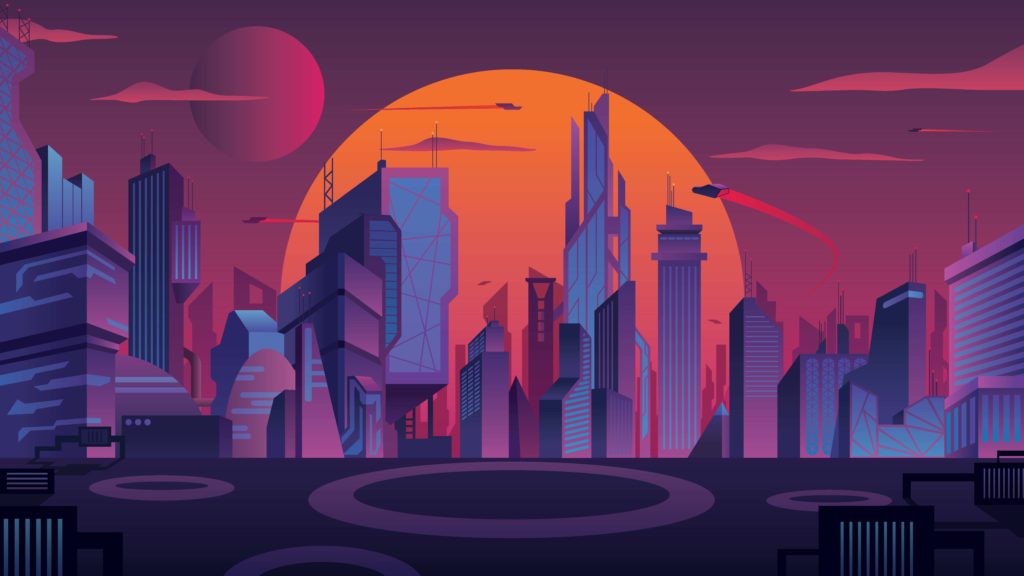African Gold, Velocity, Fusion II, Warrior, Flame, SilverBox, Gores VIII…and the list goes on. But what are they? Concept albums by Seventies supergroups? Names of spacecraft? Street vernacular for new drugs? No, they’re all SPACs.
So what exactly is a SPAC, or Special Purpose Acquisition Company? In very simple terms it’s a listed company with no business, which explains why SPACs are sometimes referred to as “blank cheque companies”. The people who set them up, known perhaps rather generously as sponsors (no justgiving.com page here, folks!), list their company, raise funds and then seek a compelling private business to acquire, thereby bringing it to the public markets.
SPACs are all the rage on Wall Street at the moment. In 2020, 248 SPACs listed in the US raising some $83.3bn. In 2021 a further 252 SPACs have listed already, and raised a further $79.0bn in the process.
There are currently 405 SPACs listed in the US seeking acquisitions to deploy their combined firepower of $127.6bn. (Source: spacanalytics.com, 12th March 2021)

SPAC proponents argue that they represent a quick and efficient way for fantastic private companies to gain access to capital and a stock market listing. They shortcut the more cumbersome route of an Initial Public Offering (IPO).
A supporting argument is that sponsors, from seasoned financial heavyweights to celebrity sports personalities, lend credibility to a SPAC. This may in turn allow it to find a highly attractive acquisition for its investors. Some also argue that SPACs represent a new asset class in their own right: investing in blank cheque companies for the sake of investing in blank cheque companies, and milking the returns.
Critics, on the other hand, claim that SPACs are symptomatic of an overheated bull market in which capital that’s craving attractive returns is prepared quite literally to bet on the unknown, in the hope of retrospectively backing a winner. They also point out that for investors SPACs can be expensive because of the size of the ‘cut’ taken by sponsors and advisers, and that their structures can often be complex and opaque.
It’s the first point that I think investors need to take heed of: the last time SPAC proceeds peaked was in 2007, just before the credit crunch, and it took 12 years for SPAC IPOs to raise more than they did that year. The names of many SPACs sound like something out of science fiction, and I suspect the anticipated returns will prove to be equally fanciful with hindsight.
But… If you’re an entrepreneur with a great business idea, and you’re in need of a couple of billion dollars to get it off the ground, perhaps you should pick up the phone to the sponsors of Austerlitz II, Freedom, Soaring Eagle, Slam…
